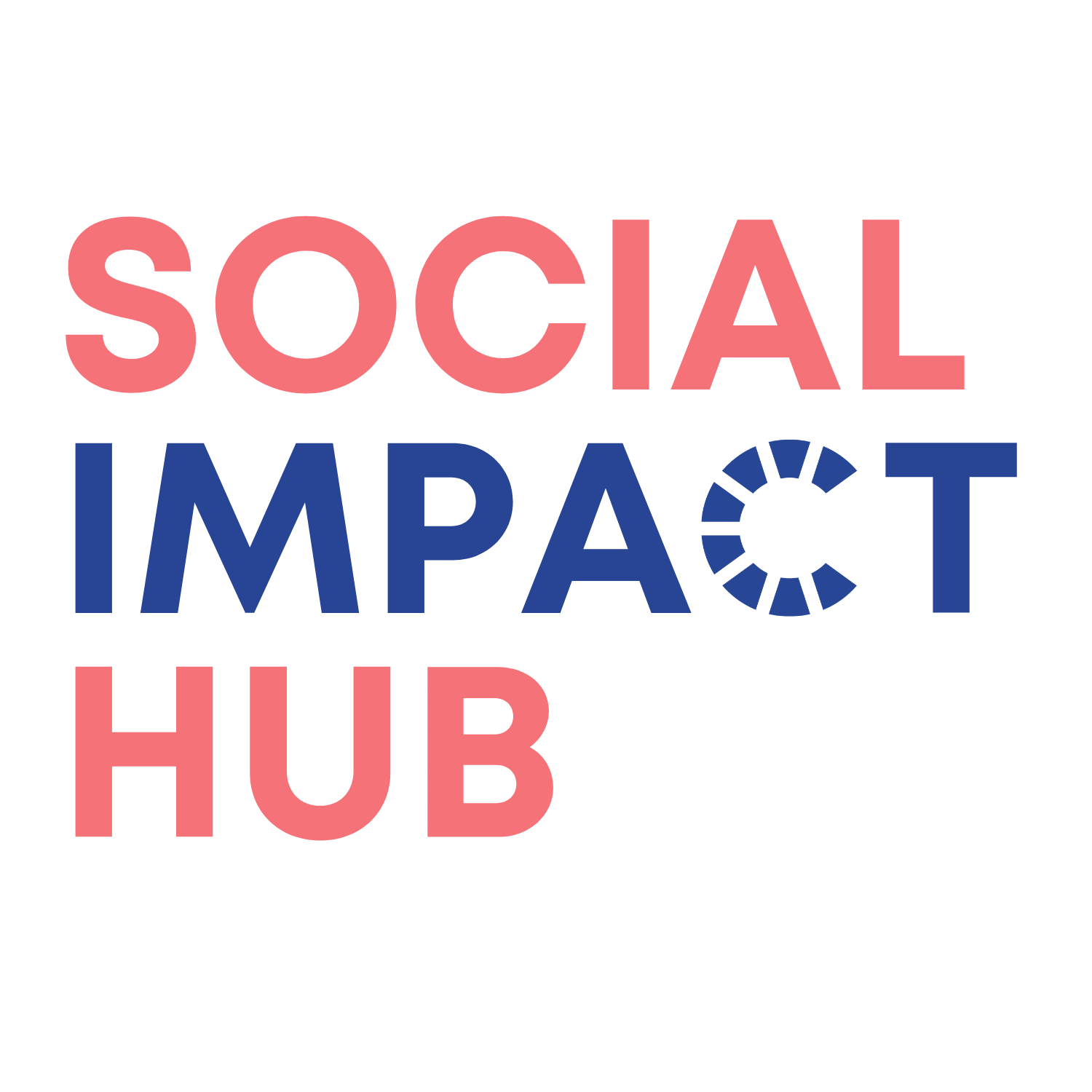Designing a New World: Social Innovation in a Time of Disruption
This article was first published on Pro Bono Australia
As crisis mode lifts and we begin to adjust, we have an opportunity to design a new world. To do this, we need protected time and space, deep empathy and collaboration, writes team member Philippa Butt.
Six months ago, no one could have imagined how different the world would look and feel today. 2020 has been a year of significant change and challenges for many Australians. There have been many world firsts as bushfires raged, borders closed, social connections took place digitally, unemployment soared and life as we knew it came to a standstill.
There is a new emerging world order and social purpose organisations are on the frontline as they rapidly adapt their support, services and offerings. As crisis mode lifts in Australia and we begin to adjust, we have an opportunity to design a new world. To re-design and re-imagine how people: interact, work, play, connect, consume, explore or switch-off.
To spark our creativity and design this new world we need:
protected time and space
deep empathy
collaboration.
While a global social redesign feels like a vast task, we can start in our own backyard, redesigning the services and support for users in the social organisations we work with and support. Collectively we can redesign the world piece by piece.
1. Protected time and space
Neuroimaging has shown that when humans imagine the future the same part of our brain is engaged that we use for past memories, the hippocampus. To imagine a new future, different from anything we have experienced before, we need time away from our day to day busyness to nurture our hippocampus.
Making a habit of intentional time to reflect on how your organisation can adapt and change will give you the space needed to redesign a better world for your beneficiaries.
2. Deep empathy
COVID-19 has affected and will continue to affect people in very different ways. The impact is being felt financially, socially, and emotionally, and for the most vulnerable these factors compound creating unprecedented levels of change and distress.
To fully understand how COVID-19 has impacted those we support and provide services for, we need to practice deep listening and empathy – taking time to observe the changes people have made in their lives and listen to their stories. Only with this depth of understanding, will we be able to design a solution that begins to address people’s needs.
3. Collaboration
Research shows that more diverse teams enhance idea flexibility and an awareness of connections between ideas. We are told stories about the solo-genius – when the apple fell on Newton’s head or Archimedes jumped out of the bath shouting “Eureka”. However, we know in reality that the a-ha moments come from curious questions, combined brain power and the collective insights of a diverse team working persistently on a complex challenge. COVID-19 has led to many new collaborations that we never imagined possible and now we can leverage this collaborative spirit to design a better world together.
We challenge you to reflect how you could play a part in imagining and designing a new world that creates opportunities for all people and communities to thrive.
